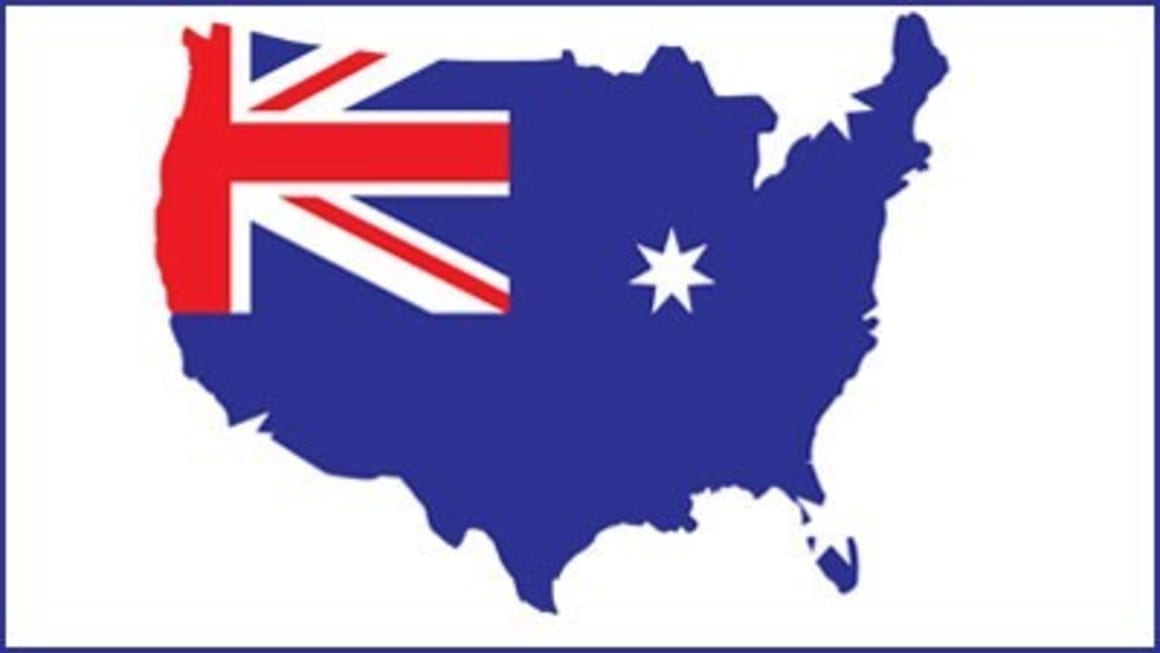Aussie fund's New Jersey US properties 'cheap and nasty': Monique Sasson Wakelin

As we look back on 2011, Property Observer is republishing some of our most noteworthy stories of the year.
Property investment commentator Monique Sasson Wakelin has slammed the New Jersey rental properties being acquired by the Australian-listed US Masters Residential Property Fund managed by Dixon Advisory.
Sasson says Australian investors are mistaken if they believe the marketing literature that highlights low prices (about US$170,000) and “attractive” rental yields (up to 12%) of the properties it has acquired in Hudson County, New Jersey, across the river from Manhattan.
She says investments made by the fund demonstrate a “worrying lack of understanding of what constitutes investment-grade property”, and “ongoing zeal for financial engineering and lack of property knowledge”.
As a consequence, she says many “unsuspecting Australian retail investors” have bought “some very speculative assets”.
“By going for high yield and low prices, the fund has chosen poor assets in highly compromised locations with no scarcity value,” she says in an article for The Eureka Report.
“Consequently, the prospects for sustained capital growth are severely limited and there is the high possibility of further capital loss because the recovery and bounce back will be slow compared to other parts of New York City.”
“These properties are cheap because no one else wants to buy them and cheap does not equal a good investment. Why invest in something that the vast majority of the local population eschews?”

Her heavy criticism of the fund comes after its recent successful second round capital raising campaign, which added a further $26.9 million to the $70 million invested ahead of its listing on the small cap National Stock Exchange at the end of June.
A second opportunity to acquire shares in the fund closed yesterday, with a third offer closing on January 9.
The fund has to date snapped up 55 properties for $11.18 million and exchanged contracts on a further 106 (worth an additional $20 million) with annualised net yields generally ranging from 8.0% to 12%.
Wakelin says there is clearly merit in buying at the bottom of the US residential property cycle in areas such as Manhattan, the inner suburbs of Boston or San Francisco, but not in Jersey City.
Having visited New York several times and recently back from her annual October trip, Wakelin says she was “deeply alarmed” to discover the fund had chosen to focus its buying in Hudson County, New Jersey “an area not exactly well known for prime real estate”.
She also criticises the marketing of the properties as “New York metropolitan”, which she says in not accurate when the properties are in New Jersey.
“Americans refer to the ‘tri-state,’ the contiguous parts of New Jersey, Connecticut and New York that are commuting distance from Manhattan.
“Commuting distance, yes, but not within the New York metro area. As for the short commute, try driving it or being stuck on the subway during rush hour, especially if something goes wrong. It’s no 15-minute commute!”
She says a visit to the area in mid-October confirmed her fears about “the dangers of this offer”.
“Hudson County is doing it tough. There is little sense of resilience or prosperity and vacant houses are common.
“But this shouldn’t be a surprise to anyone as, according the US Bureau of Statistics, in April 2011 unemployment in Hudson County was 10.3%, compared to 8.7% nationally. This place is in a recession.”
“Worse, it is not merely a case that Hudson County is just going through a bad patch and that its long-term prospects are rosy.”
Wakelin says the “tightly cropped photographs” in the Dixons product disclosure statement do not show the streets of Hudson County, which “contain highly variable, non-descript, and often unattractive architecture”.
“Any potential investor is well advised to use Google Maps to see the broader vista around these properties!”
She also the prospect of Hudson County being gentrified in the coming years is very low because just 30% of residents are home owners.
“Gentrification occurs when there is a critical mass of incoming first-home buyers or upgraders, who identify strong future potential because a locale is underpinned by an intense and diverse array of services and infrastructure. They renovate the properties and their discretionary disposable incomes draw in boutique shops and restaurants.
“This can turn a suburb from down-at-heel to trendy in a few years and drive strong capital growth in the immediate future.
“Instead Hudson County is an area of cheap, unattractive properties in a high unemployment context with a transient population of tenants and little in the way of amenity. Unfortunately, the fund confuses ‘cheap and nasty’ with ‘opportunity’.
And she says the fund has contradicted its mission to invest in “properties which have the potential to achieve superior risk-adjusted income and long-term capital appreciation by investing in an area which the fund itself acknowledges suffers from “underlying oversupply, foreclosures, short sales and distressed sales”.
“A parcel of apartments in parts of Manhattan – say Tribeca or Murray Hill – would be far better at fulfilling the fund’s investment mission.”